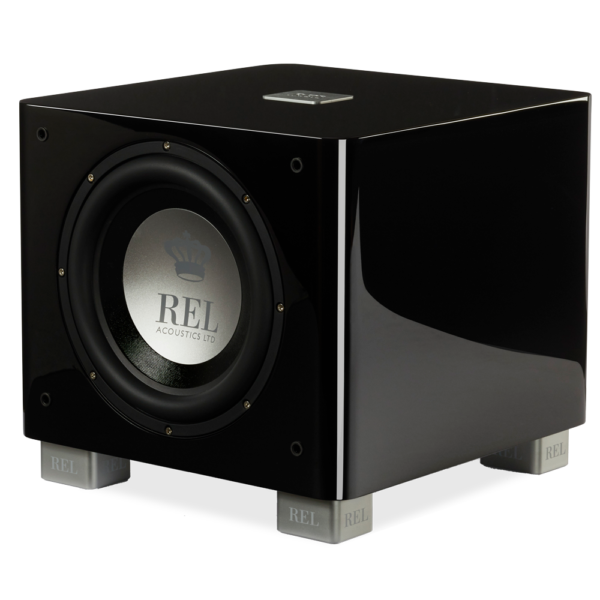Blog
Reliving The Summer of Love
Hendrix. Joplin. Jefferson Airplane. Legends all, a veritable pantheon of incredible musical acts that helped define a generation and the musical revolution that was the essence of late-60’s rock. And it all took place just 12 miles from REL’s offices in Berkeley in the Haight-Ashbury district of San Francisco, a gathering of 100,000 of what came to be known as hippies; flower children that spawned the term “sex, drugs and rock ‘n’ roll”.
50 years ago, a revolution steeped in the belief that love could conquer all (“All you need is love…da-da-da-da da-da”) and that music was the path to a peaceful revolution in how governments and individuals conducted themselves exploded on the scene. Pretty far reaching stuff and while, in the ensuing half century, it seems to have gotten bogged down in less revolutionary concerns –mortgages, sending kids to college, raising dogs–it takes only the sense of threat to the commitment of a conscious democracy to mobilize protest in a profound way. 3 million pink hats are evidence enough that the revolution smolders along just under the surface, ready to burst through when circumstances dictate a reawakening.

The fuse that lit off the Summer of Love burst into flame 120 miles south of San Francisco in the old Hemingway-steeped fishing and cannery town of Monterey in June, 1967. Media coverage that included on-stage photography of Jimi Hendrix first melting down the stage, then literally lighting off his custom Fender Stratocaster with lighter fluid was such a shocking visual that it catapulted Hendrix overnight into super stardom and the San Francisco summer into one long peace, love and dope-filled lovefest.
{Editor’s Note: If you have never heard Otis Redding and Jimi Hendrix Live at the Monterey Pop Festival get thee down to a used record store or go shopping on eBay. Few live albums surpass it and it perfectly expresses the energy of the Summer of Love. Within three years, both would be dead.}
Shock and awe was a term used 25 years later by the U.S. military, but the origins of this term may well have sprung from the walls of amplifiers used for the first time to produce festival sound outdoors and the Monterey Pop Festival was the beginning. Overnight Fender, Vox and Marshall became iconic names, forever linked with an experience, the claiming of a new order by a generation using electronic technology applied in brute force to not only project their music to crowds whose size had never before been seen, but to express the power and the anger of a generation. Decades later, the definitive 3-man power group Cream would try to recreate the magic and while initially, they rehearsed with walls of Marshall amps trying to relight the magic and the energy it never sounded “right” and they reverted to modern sound using small on-stage amps broadcast to huge house sound reinforcement systems. But those of us who lived it, know the real problem was they were now 65 year-old men and the anger and the raw passion of youth had been burnished away by life’s passage leaving behind something entirely too polite and perfect.

The Summer of Love Created the Hi-Fi Industry: At home, teenagers suddenly woke up and realized that the single most important thing in life was to own a stereo. Hard to believe for the current generation—well on their way to carpal tunnel syndrome as they simultaneously text, Snapchat, Instagram, thread, etc. with their virtual friends and group text-mates. But from 1967 onward for a couple decades, one’s first significant investment became music, devoured voraciously; initially on 45 rpm vinyl singles and later as funds and technology progressed, the 33 rpm LP (4 track tape, 8 track tape and the cassette were largely used by most for their transportability and compactness on the go). And the better the playback system, the more one could enjoy the music. For many of us, and as I visit more and more stores I am beginning to see with my own eyes and hear anecdotes from store owners and staff that the 60’s and 70’s teenagers now sending off their last to college or whatever life holds as its next step, are beginning to revisit those fun experiences they now have time for again. In many cases, it starts with a new turntable to play vinyl left in storage for the past 20 years or vinyl newly re-purchased to replace records sold off years ago when the CD had well and truly replaced vinyl records.
Except, as it turns out, it never really died. It was just lying low, awaiting a new generation to find their own anger–at technology, at the crass expense that it costs to live modern life for whatever passes as living well, at politics bogged down in sufficiency and kicking the can a little further down the road. And for the generation that changed the world, we too are finding ourselves again, expressed in the music of our youth as well as that made within the last 30 days. Both generations finding joy in simpler things, technology that requires almost no chips, touchscreens or computers. Finding that the soul and beauty of music and the way that a great music replay system can elevate the experience into something truly inspirational and sublime unites and bonds current and past in ways both surprising and deeply touching. Now, if you’ll excuse me, I plan to sneak upstairs with a mint copy of Jefferson Airplane’s Surrealistic Pillow and introduce my 16 year-old daughter to a (perfectly cleaned on a VPi HW 16.5 record cleaning machine) version of White Rabbit and see if we can’t bring to life trace vestiges of the Summer of Love in our own home.










